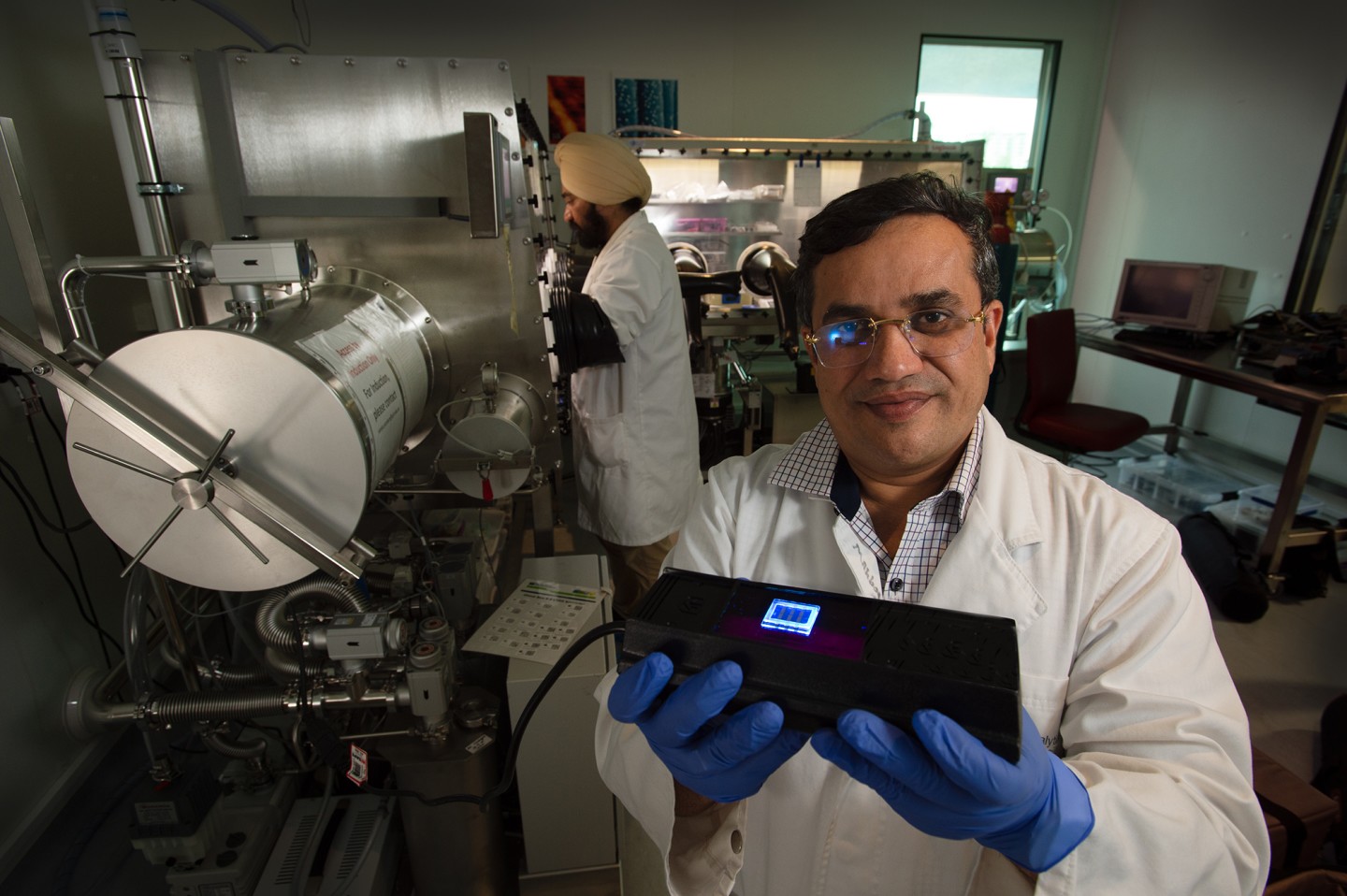
A team of researchers from the Queensland University of Technology has learned to use
How it works
Cut hair is cleaned of excess impuritiesand is burned at a temperature of 240 degrees. The resulting carbon, hydrogen and nitrogen are converted into carbon nanodots measuring less than 10 nanometers. After this, they are applied to the polymer in small “islands”. The result is organic elements, which are the active layer for OLED panels.

</ img>
When fed to a working layer of small powerAfter feeding, the nanoislands begin to emit blue or cyan light. Blue light is produced by applying very little voltage. As a result, information is displayed while saving energy. The brightness can reach 350 cd/m2, and on a solid glass substrate a brightness of 700 cd/m2 can be achieved.
Of course, it is unlikely that such OLED displays will be produced for smartphones and TVs, but they will be perfect for wearable devices, small panels, packaging and medicines.
"Organic light-emitting devicesBased on carbon dots made from human hair, it can be used for smart packaging. They can also be used where a small light source is required, such as in signage, smart bands and medical devices, since the material itself is non-toxic,” the researchers note.
Now the next step is to develop OLEDs made from animal fur.
</ p>